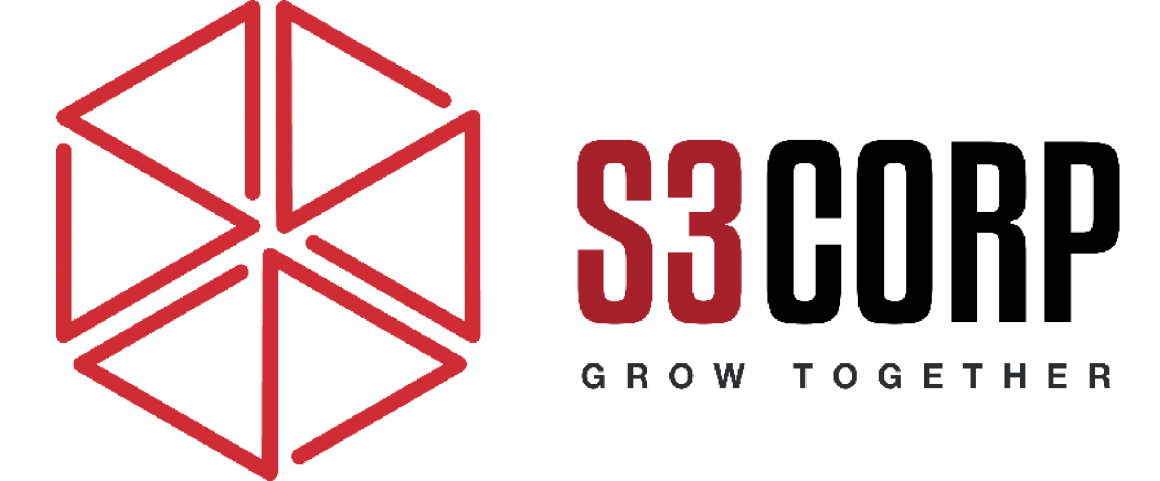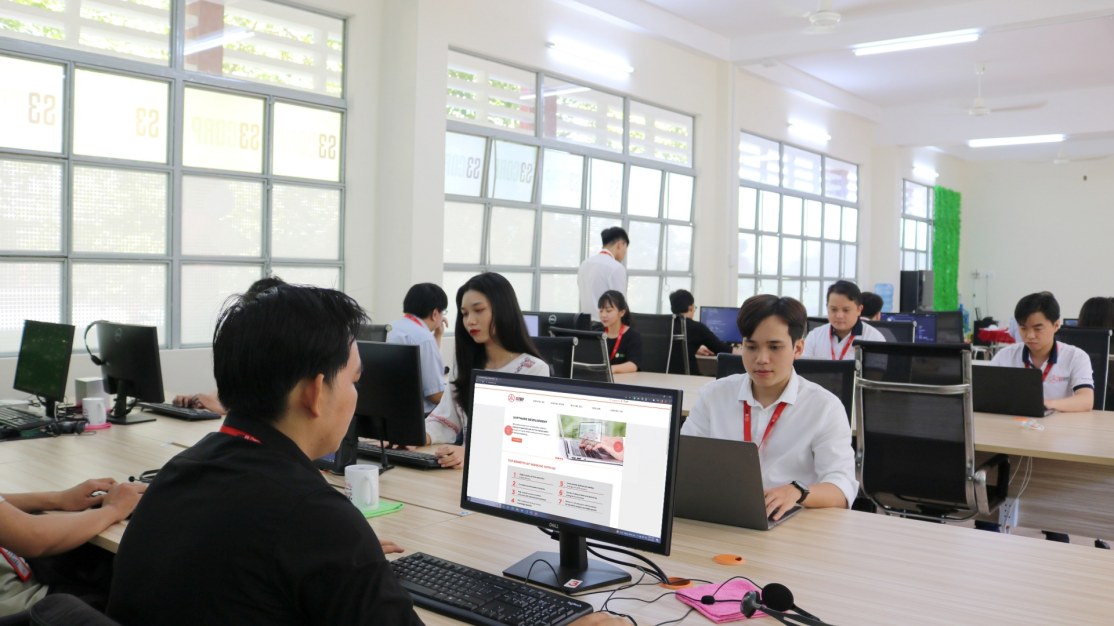Offshore Software Development Models by Service Models
— October 1, 2018Offshore outsourcing includes various service models, each tailored to specific project needs. These models dictate the distribution of responsibilities between the in-house team and the offshore team. The chosen service model can significantly impact project execution, timelines, and cost management. Below are the primary offshore software development models: Staff Augmentation, Offshore Development Center, and Project-Based. Each model caters to unique requirements, offering distinct advantages and limitations depending on project complexity, scope, and client preferences.
Staff Augmentation
Staff augmentation is a straightforward offshore development model. It allows companies to integrate offshore developers into their in-house team, treating them as direct extensions of their workforce. This approach is cost-effective for addressing short-term resource gaps, enabling organizations to hire developers on an as-needed basis. This flexibility eliminates the burden of maintaining unused personnel, commonly referred to as “on bench.”
The client retains full control over project management and technical direction under this model. Offshore developers handle specific tasks, such as routine development or testing, but are not typically involved in decision-making or strategic planning. While this model ensures cost efficiency, it limits the innovation potential from outsourcing providers. Since the outsourcing team focuses on implementation, clients may miss opportunities to leverage the expertise and insights of their external partners.
Staff augmentation requires clear delineation of responsibilities to avoid misunderstandings. For example, clients must define who oversees the product lifecycle and set realistic expectations for both parties. Such clarity helps both the client and the outsourcing partner function cohesively. A common use case for this model includes projects requiring additional hands-on support for short-term tasks or technical operations.
S3Corp, a leading provider of software outsourcing services in Vietnam, offers staff augmentation for web and mobile development projects. With access to a vast pool of skilled professionals, S3Corp helps businesses scale their teams efficiently while maintaining control over project outcomes.
Offshore Development Center
The Offshore Development Center (ODC) model is ideal for long-term projects with extensive requirements. It is designed to reduce costs without compromising quality, offering businesses a dedicated team of skilled developers. This model is particularly suitable for clients with a clear understanding of their project’s complexity and who are committed to building lasting partnerships.
In this setup, the client collaborates with an outsourcing company, like S3Corp, to establish a dedicated team that works exclusively on the client’s project. These developers are selected based on their technical expertise and are committed full-time to the project. Unlike staff augmentation, the client assumes full management responsibility for the offshore team but gains the advantage of a stable, long-term resource pool.
One of the key benefits of the ODC model is its scalability. Clients can adjust team size or composition to match evolving project requirements. Additionally, continuity is ensured since the same developers work on the project over time, reducing onboarding costs and enhancing efficiency. However, this model requires substantial investment in planning and management. Clients must ensure consistent communication and alignment with their offshore team to achieve desired results.
The cost structure of the ODC model depends on factors like technology stacks, the expertise of the developers, and the size of the team. Despite the upfront investment, this model is a cost-effective solution for businesses aiming to maintain high standards of quality while managing large-scale projects. S3Corp’s expertise in building and managing Offshore Development Centers has positioned them as a trusted partner for companies worldwide. Their developers bring deep knowledge of web and mobile platforms, ensuring project success for a diverse client base.
Project-Based Model
The project-based model is best suited for projects with defined timeframes and well-established requirements. This model is commonly chosen for one-time projects or pilot initiatives where scope and deliverables are clear and unlikely to change during the development process. Clients benefit from reduced costs and quicker time-to-market by leveraging the expertise of outsourcing partners.
Under this model, clients outsource the entire project to a software development company. The outsourcing partner assumes full responsibility for execution, including planning, development, and delivery. This hands-off approach allows clients to focus on core business activities while the outsourcing team ensures project completion within the agreed timeline.
However, the project-based model has limitations. It may not be suitable for projects operating in dynamic industries, such as payment processing or e-commerce, where requirements often evolve during development. In such cases, more flexible models like the Offshore Development Center are recommended. Additionally, clients with broader engagement scopes may find this model restrictive, as it is tailored for fixed, short-term projects rather than long-term collaboration.
The project-based approach is particularly effective for companies handling irregular, low-to-medium complexity projects. Many organizations use this model to test outsourcing partnerships before transitioning to more integrated models like ODCs. S3Corp excels in managing project-based engagements, delivering customized solutions for web and mobile platforms. Their ability to adapt to diverse industry needs has made them a preferred choice for companies seeking reliable outsourcing services in Vietnam.
Conclusion
Each offshore software development model serves specific purposes, making it crucial for businesses to assess their project needs before selecting a model. Staff augmentation provides flexibility and cost savings for short-term needs, while the ODC model is ideal for long-term projects requiring dedicated resources. The project-based model offers a streamlined approach for fixed-scope initiatives.
By partnering with experienced outsourcing providers like S3Corp, businesses can leverage the benefits of these models to achieve their development goals efficiently. S3Corp’s expertise in web and mobile solutions ensures that clients receive high-quality outcomes, whether they require staff augmentation, an offshore development center, or a project-based partnership. Choose the model that aligns with your project requirements and strategic objectives to maximize value and drive success.





